Do Kangaroos Benefit the Ecosystem - or are they Pests to be Exterminated?
It's truly time that the Australian government, farmers and Australians everywhere realised the tremendous contribution kangaroos make to our ecosystem instead of shooting them on sight as vermin and scapegoating them as 'pests'.
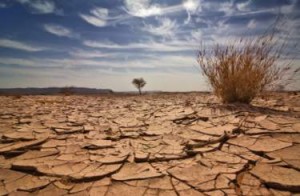
We wonder why we are in the worst drought of 100 years, why we have out of control bushfires and climate change. Nobody seems to make the connection between chopping down trees (to create grazing pastures) which shade the land and keep it cool and higher temperatures. Or between soil erosion caused by hoofed livestock and the drying of the continent. Nobody seems to get that the worst pest in Australia is not kangaroo or rabbits, foxes, cats, cane toads but US HUMANS who are destroying habitat for the very native species that keep the ecosystem in balance, introducing feral animals that compete with natives, and on top of that treating native animals as inconveniently in the way of 'our' farmland, our roads, our cities etc.
The really sad fact is that Australia has the worst record of wildlife extinctions since the arrival of the early settlers in 1770, having wiped out 38% of our mammals and at the rate we are killing kangaroos in the world's largest massacre of land-based wildlife, they are on track to extinction too (see http://www.stopkangarookilling.org ).
Below are some of the reasons why kangaroos benefit our country and why we should want more of them, not less and why we urgently need to change our outmoded attitude.
1. Kangaroos lessen the possibility of bushfires by eating dry grass that ignites easily and in locations near trees that sheep and cattle cannot reach (by virtue of being fenced in).
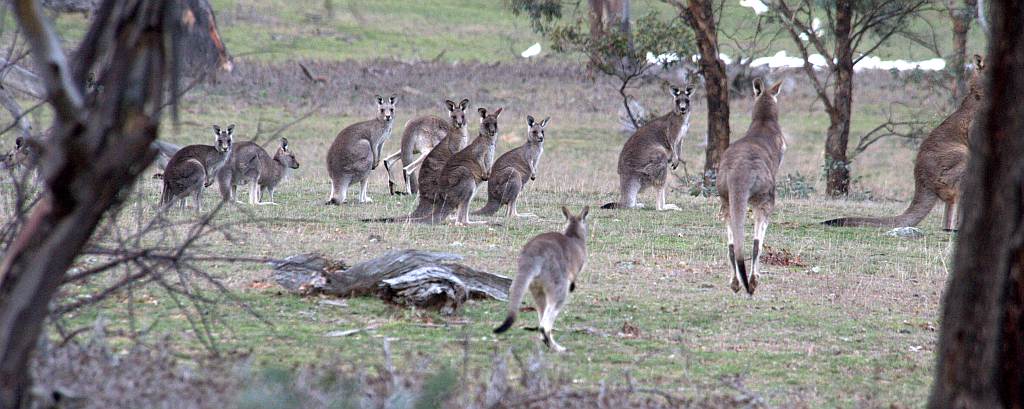
2. Kangaroos' soft padded feet and long tail are integral to the ecological health of the land, as regenerators of native grasses. Any seedling that falls into the long-tapering footprint of the kangaroo is buried into the hole left by the toenail. Covered and with moisture concentrated at one point, the germinating seedling has a chance of survival. Their tail drags along behind them while they are grazing, pressing the ground, rolling seeds into the earth.
3. Kangaroos play an undeniable role in biological diversity and ecological integrity by virtue of the fact that they have lived in Australia for at least 16 million years (some say up to 60 million years), in harmony with the other species as per the law of interdependence.
4. Kangaroo urine and faeces is a natural fertilizer essential to the health of the soil. Many species depend on the kangaroo for this reason. Their waste is not high in nitrogen like livestock waste which seriously pollutes ground and surface water. (Reference: http://milk.procon.org/viewanswers.asp?questionID=001056 ).
5. Unlike the livestock industry, Kangaroos do not degrade the environment by:
a) producing virtually no methane greenhouse gases through exhaling and eructation. The hydrogen by product of fermentation is instead converted into acetate, which is then used to provide further energy. The greenhouse gas effect of methane is 23 times greater than that of carbon dioxide. However, the greenhouse gases from the livestock industry is 18% total emissions (which exceeds the entire transport sector at 14%).
b) requiring massive quantities of water as with cows. Kangaroos have slender noses with a long narrow tongue that can lap water from sources that broad nosed livestock cannot even get to or would find unacceptable. (Reference: David Croft, p.238-9, Kangaroo Myths and Realities).
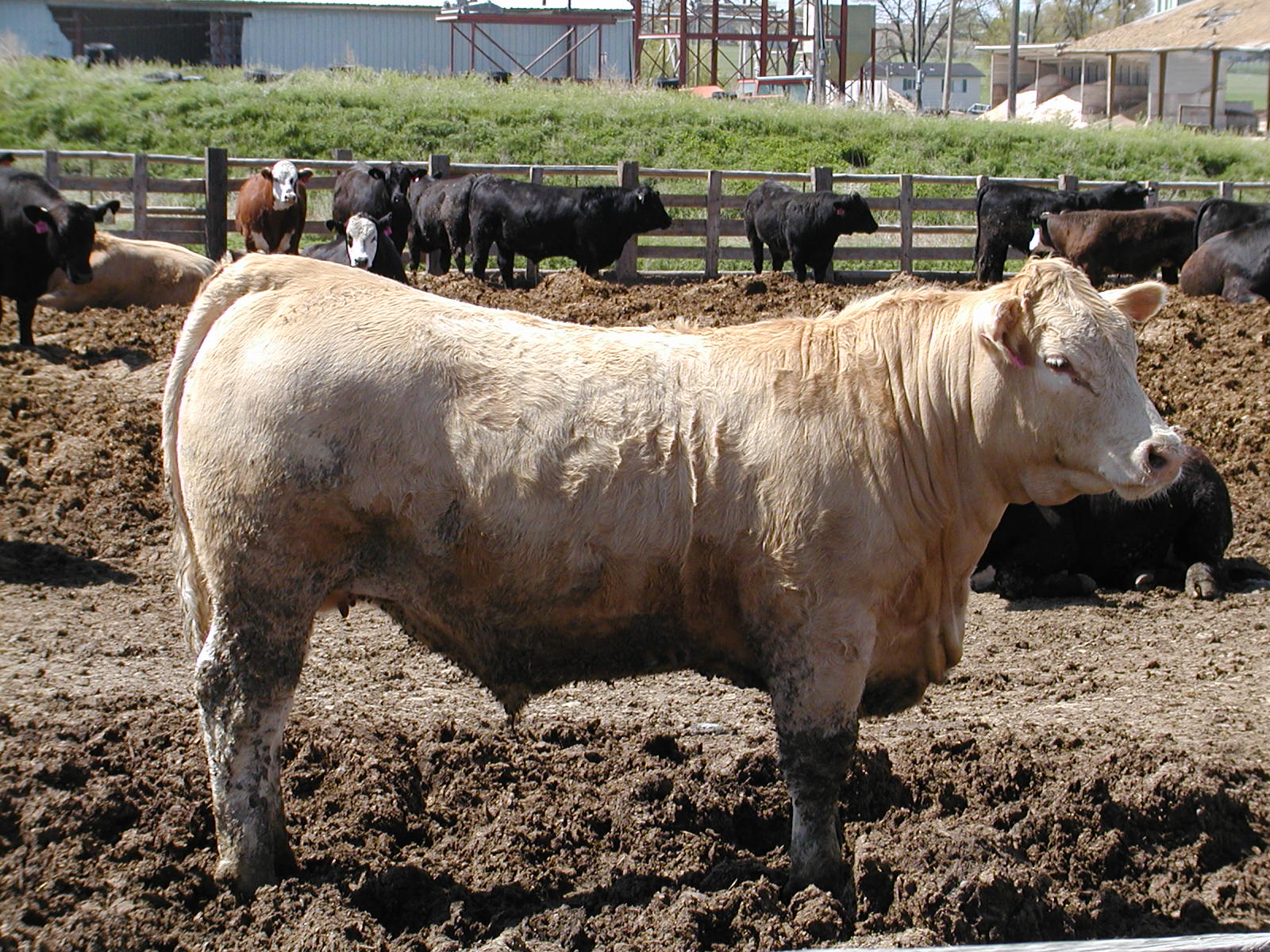
c) causing soil erosion, loss of soil nutrients and soil ecosystems leading to soil desertification. Kangaroos are not hoofed animals (like livestock) that compact the soil and cause soil problems.
d) destroying wildlife (the livestock industry shoots native animals which it regards as pests)
e) destroying trees or habitat of other species
f) contributing to the eutrophication and acidification of water and the ocean.
g) excessive grazing. Kangaroos' grazing pressure is only 1-8% (ref: (Reference:http://www.environment.gov.au/soe/2006/publications/drs/indicator/162/index.html ). The rest of the grazing pressure is mainly cows and sheep.
h) producing massive lagoons of excrement.
(References for all the above environmental effects of the livestock industry: http://www.fao.org/newsroom/en/news/2006/1000448/index.html )
************
Kangaroos have intrinsic value and are perfectly adapted to their environment. The more kangaroos, the more biodiversity in Australia. However governments are now claiming that kangaroos overgraze or threaten endangered species, even though there are no published articles in peer reviewed journals proving this scientifically.
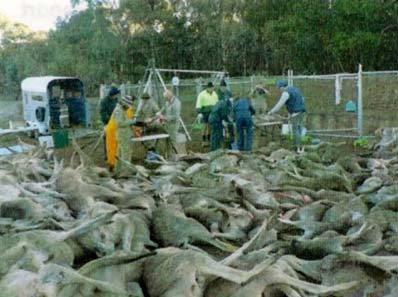
Based on this junk 'science' thousands of kangaroos are being killed, most notably in Canberra, the nation's capital. Last year in Canberra, at a disused naval base, 514 healthy kangaroos were cruelly killed on the grounds that they were overgrazing and a threat to several species such as the legless striped lizard and the Golden Sun Moth and Ginninderra peppergrass. Never mind the cows grazing in the adjoining paddock, overgrazing and threatening the same species that would be perfectly capable of migrating over the fence. Never mind damage to the same species as a result of the remediation process that occurred after the kangaroos were dispensed with as contractors hauled out what was revealed as toxic soil that was contaminating groundwater as far as Ginninderra Lake. Never mind the threat to people living in the adjoining housing estates of these same toxins blowing in the wind and entering the groundwater.
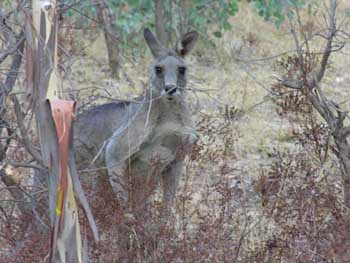
In May 2009 no less than 7000 kangaroos were killed at Majura, another training base in Canberra, on the same specious grounds - overgrazing - again without proof, without even counting the population there, and without any attempt to relocate them.
Then barely a month or so passed and several hundred were killed at Canberra's Nature Park 'Callum Brae' on the grounds of 'overgrazing'. Never mind that there were rabbits and livestock grazing there whose grazing pressure far exceeds that of kangaroos whose grazing pressure is only 1-8% compared to cows and sheep.
I call for a revolution in consciousness in recognising the importance of maintaining a diversity of native species not only for the animals but for us as well. If humans think they can survive without biodiversity, well, they have another thing coming.
HELP US GET TO 10,000 SIGNATURES! THANKS.

Recent comments